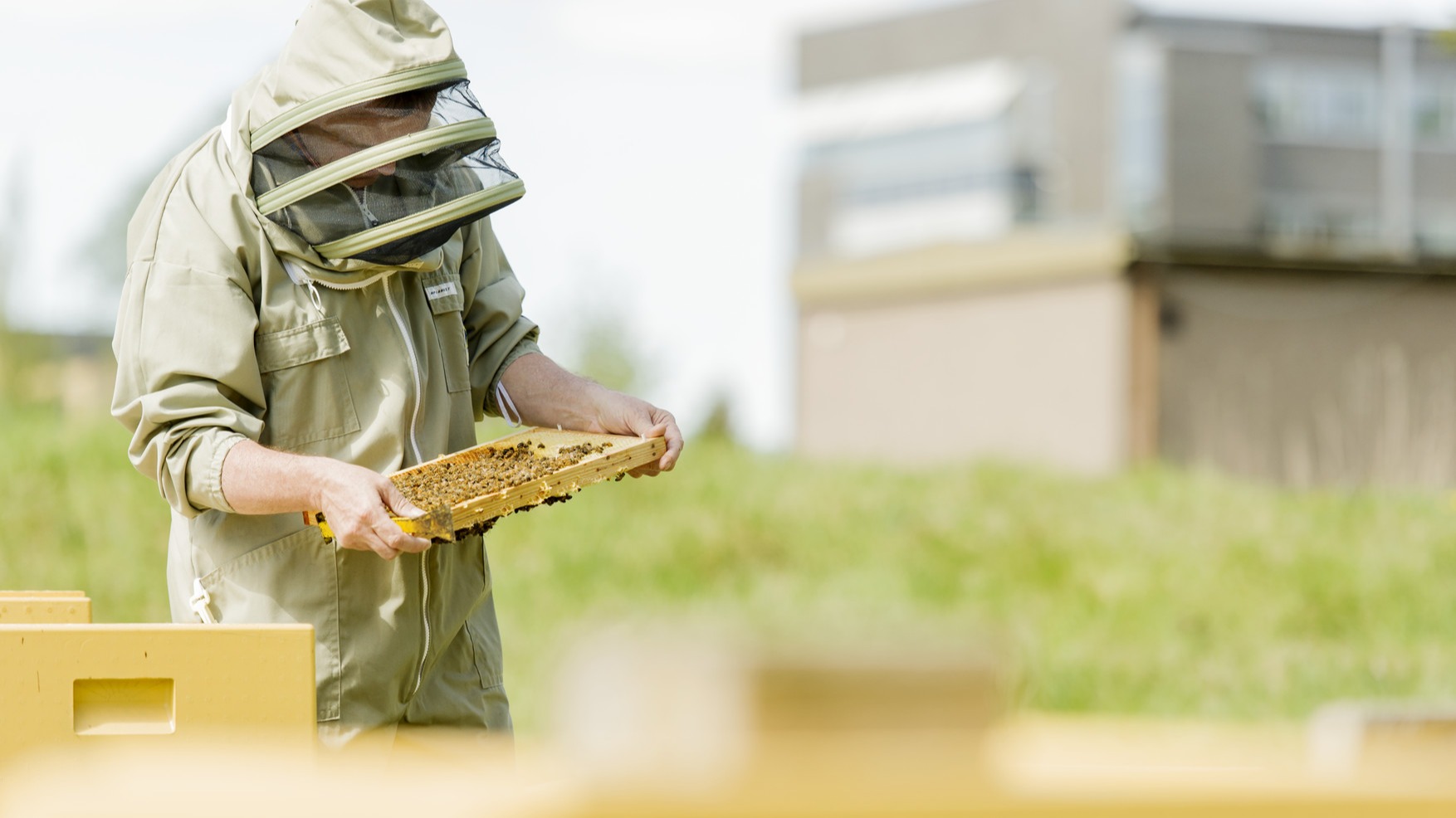In order to create more attractive campus areas and contribute to a more sustainable society, Akademiska Hus implements a series of initiatives around the country that promote biological diversity. The result has positive effects for humans as well as animals and vegetation.
As one of Sweden's largest park managers, Akademiska Hus places great focus on the outdoor environments that surround the 3.3 million square meter property portfolio. Through greenery and nature on campus, conditions are created for a stress-relieving and performance-enhancing living environment, while positive effects arise for animals and vegetation.
- We want the country's campuses to be an asset for the entire society and we work to strengthen biological diversity both in our ongoing administration and when we develop new buildings or entire areas. In this way, we provide better conditions for both people, animals and insects to thrive on campus and in the ecologically sustainable outdoor environments that are created there, says Mia Edofsson, head of sustainability at Akademiska Hus.
Small and large stakes
When Akademiska Hus, together with higher education institutions, plans for the development of campus areas, this is done through long-term campus plans, where climatic, social and ecological perspectives are taken into account. In the systematic work, great focus is placed on protecting the green qualities and biological diversity - now and over time. Around the country there are a number of examples of investments made to promote increased species richness. These include, for example, insect hotels, hedgehog nests, beehives and nest boxes adapted for, for example, tits, starlings, tree crawlers, bats and butterflies. In several places, Akademiska Hus has reinforced the ecological values of the campus by creating meadows, cultivation plots, storm water ponds, water mirrors and permaculture gardens. A large number of buildings have been given green sedum roofs with space for bee batteries that provide nests for wild bees.
Contributing to increased biological diversity has in some cases also been guiding in the development of completely new campus areas. In Stockholm, a coherent university area is emerging that stretches from Stockholm University in the north, via KTH over to Hagastaden with Karolinska Institutet in the west. The development of the Albano campus into a modern and competitive university environment takes place in harmony with nature and the goal is to become a role model in sustainable urban construction. As proof of the project's sustainability success, Albano is the first campus area in Sweden to be certified according to Citylab, a sustainability certification that does not only cover an individual building but includes an entire urban development project.
At Albano, new water systems are being created to take care of stormwater, an improved microclimate and outdoor environments designed to strengthen the dispersal routes for plants and animals between the Nationalstadsparken and Hagaparken. Selection of biotopes and plants is based on the surrounding landscape and placed so that they support known, ecological dispersal routes. Through green roofs with large open roof terraces where students, employees and also the public have access, the university buildings become an integrated part of the park environment.
- With efforts large and small, we contribute to increasing biological diversity on the country's campus areas. The work takes place in close collaboration with our customers and other stakeholders, where we work together for an even more sustainable society, says Mia Edofsson.
Ask us!
If you are interested in how we work with biodiversity on your campus area, you are welcome to ask your administrator!
